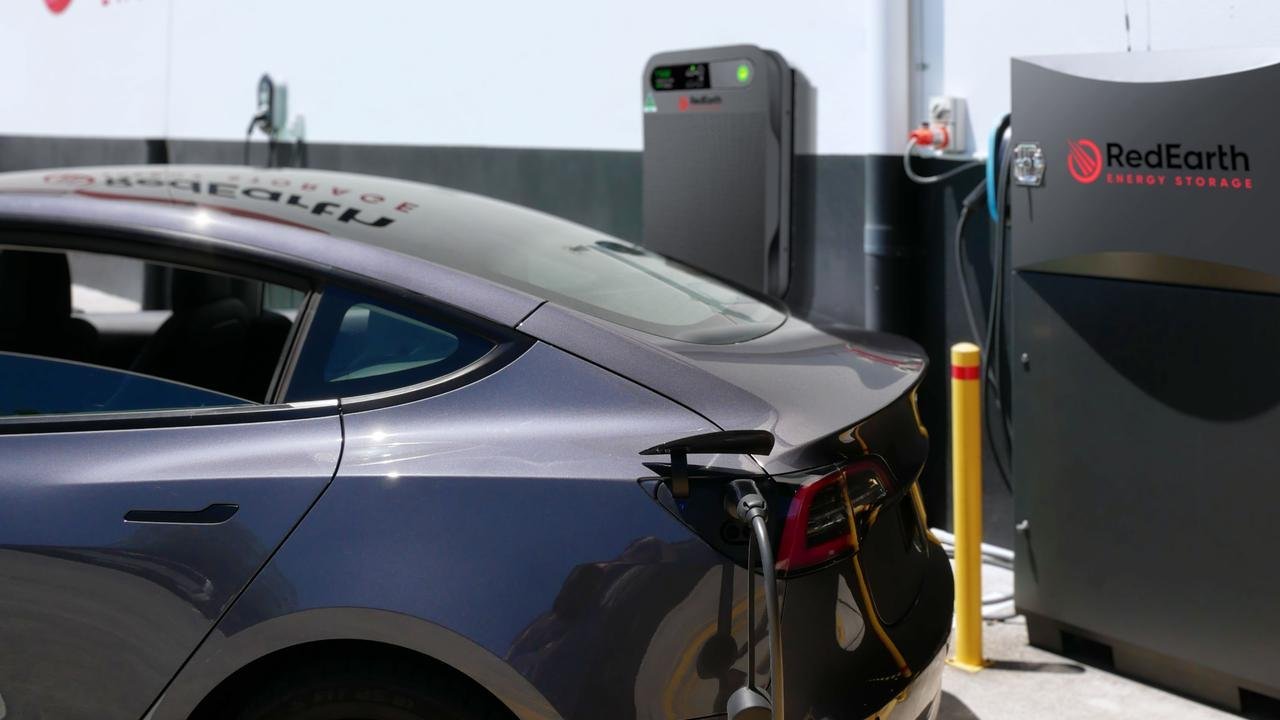Australian EV Drivers Set to Earn BIG as Game-Changing V2G Tech Rolls Out: Hyundai, Zeekr, BYD and Kia Join Forces with AGL for Groundbreaking Trial
- Up to 100 Aussie EV owners will participate in a 12-month trial, earning credits towards their energy bills by feeding power back into the grid.
- AGL’s innovative V2G technology could revolutionise the way we think about energy, with EVs storing five times more energy than a typical home battery.
- The trial is set to pave the way for a national rollout in 2026, with major auto brands Hyundai, Zeekr, BYD and Kia on board.
Australian electric vehicle (EV) owners are about to get a whole lot more bang for their buck, thanks to a groundbreaking new trial that’s set to change the game for EV drivers across the country. Energy giant AGL has teamed up with some of the biggest names in the auto industry – including Hyundai, Zeekr, BYD and Kia – to launch a revolutionary Vehicle-to-Grid (V2G) charging trial that will see EV owners earning big by feeding power back into the grid.
The trial, which will run for 12 months, will see up to 100 Aussie EV owners participating, with 50 spots already taken by owners of vehicles from the participating auto brands. The remaining 50 spots are up for grabs for anyone who already has or is willing to purchase AGL-approved charging equipment.
So, how does it work? In a nutshell, V2G technology allows EVs to store energy and then feed it back into the grid when it’s needed most – typically during peak periods of high demand. In return, EV owners will receive credits towards their energy bills, including both power and gas.
Renae Gasmier, AGL’s head of innovation and strategy, says the technology has the potential to be a “game changer” for EV owners and the broader community. “Unlocking the potential of car batteries is a game changer for owners, by allowing them to reduce their energy usage costs, and for the broader community by contributing to grid stability during periods of peak energy demand,” she said.

But that’s not all – the technology also has the potential to provide a safety net in the event of electricity blackouts, allowing vehicles to power homes or other essential appliances. And with EV sales on the rise in Australia, the potential for V2G technology to make a real impact is huge.
According to Julie Delvecchio, CEO of the Electric Vehicle Council, the potential for V2G technology in Australia is “extraordinary”. “Electric vehicles can store five times more energy than a typical home battery, a huge untapped resource sitting in our driveways,” she said.
So, what’s next? The trial is set to run for 12 months, with a national rollout planned for 2026. And with major auto brands already on board, it’s likely that V2G technology will become a standard feature of EV ownership in Australia before long.

